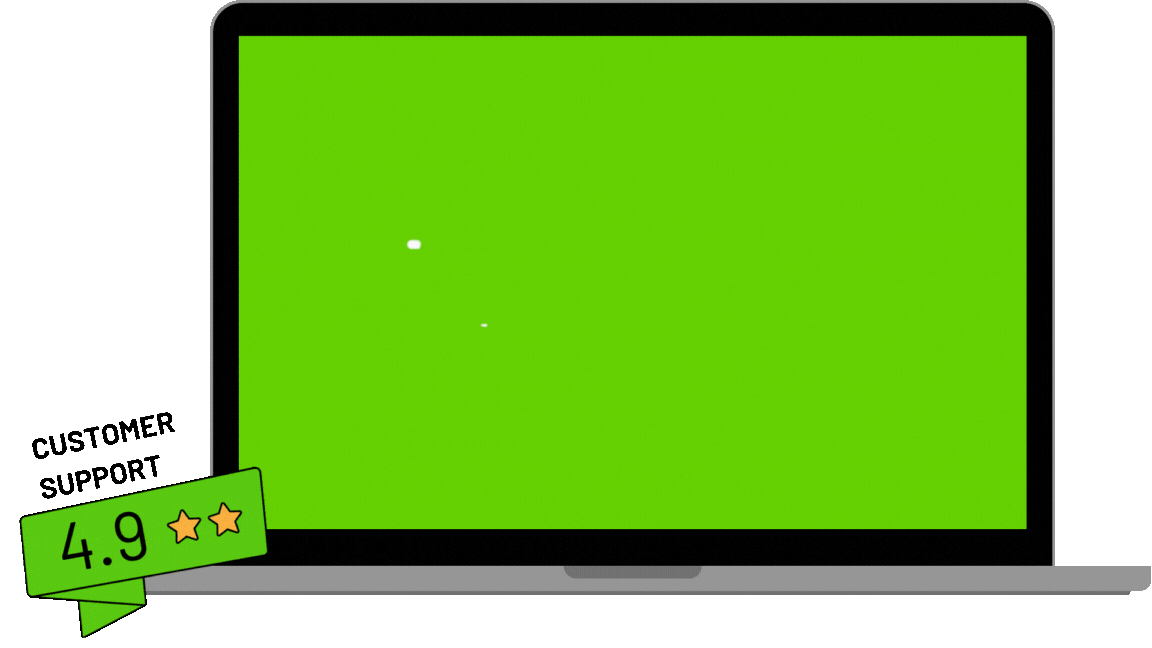A lab’s ability to innovate depends on more than just brilliant ideas and cutting-edge equipment. Behind the scenes, operational processes, especially purchasing workflows, can either accelerate discovery or create costly bottlenecks.
If your lab has ever experienced delays due to missing reagents, struggled to manage supplier quotes, or had orders sit in approval limbo, this post is for you. Below, we’ll help you identify common purchasing gaps and how to close them before they impact your science.
The cost of a broken lab purchasing process
When workflows are fragmented or overly manual, it’s not just operations that suffer. Researchers feel it at the bench. Finance feels it in the budget. Procurement feels it everywhere.
According to ZAGENO internal data, lab managers lose an average of 6.5 hours per week sourcing and ordering products. Multiply that across departments, and inefficiencies can add up to hundreds of hours per month.
Other hidden costs include:
- Failed experiments due to wrong or delayed materials
- Duplicate orders from decentralized purchasing
- Lost rebates or missed discount thresholds
- Inability to forecast spend accurately
💡
Is your lab’s procurement process helping or hurting research?
Efficient lab operations are increasingly recognized as a strategic advantage, not just a logistical necessity. According to the Lab Manager’s breakdown of what successful lab ops look like, best-in-class labs prioritize automation, supply chain resilience, and proactive spend management. If your purchasing workflow is reactive or fragmented, you’re likely missing those benchmarks.
8 questions to diagnose the gaps in your workflow
Use this checklist to evaluate your current procurement process. These eight questions will help uncover where inefficiencies and “pain points” are lurking:
How do researchers currently source and order lab supplies?
Are they ordering directly from individual supplier sites? Do they use procurement tools, or work around them?
If scientists are hopping between dozens of vendor websites (or using ad-hoc methods like email), it’s a red flag. A lack of a centralized ordering platform leads to wasted time and inconsistent practices.Are you using multiple suppliers or a centralized platform?
Multiple logins = multiple headaches. Fragmentation causes delays, pricing variability, and compliance risks. If your team is juggling numerous supplier portals and punchouts, consider the benefits of a one-stop solution. (Consolidating suppliers with a lab supply marketplace can simplify ordering and reduce those headaches.) Top-performing labs streamline procurement through a single platform, not a patchwork of sites.
Do you struggle with product availability or comparing pricing?
Without real-time inventory data or cross-supplier visibility, scientists may spend hours chasing down stock availability – or worse, place the wrong order when something is backordered. If “Is this item in stock somewhere?” is a common question, that’s a workflow gap. The fix is leveraging tools with metasearch features for lab supplies that show all your buying options side by side (so you can quickly find available stock at the best price).
Is your approval process slowing things down?
A complex or manual sign-off process can delay orders by days or weeks. If purchase requests sit in someone’s inbox or require multi-step paper approvals, your science is waiting on bureaucracy. Modern labs automate and customize approval workflows to eliminate bottlenecks, without sacrificing control. Ask if your current approval chain is as efficient as it could be, or if it’s time to digitize it.
How do you track lab spend across teams or locations?
If finance lacks spend visibility, it’s difficult to forecast budgets, control costs, or prepare for audits. Do you have a single dashboard for all purchasing data? Can you break down spend by project, department, or researcher easily? If not, you’re essentially driving blind on the financial side. Improving spend transparency (e.g. through consolidated reporting tools) should be a priority to close this gap.
Are procurement and finance aligned on goals and systems?
Misalignment can lead to duplicated effort, communication breakdowns, and maverick spend (rogue purchases made outside approved channels). For example, lengthy purchasing processes might tempt scientists to “go rogue” and buy from unapproved vendors, causing budget surprises. Regular check-ins and integrated systems between procurement and finance can ensure everyone is on the same page and policy compliance is maintained.
Do you track cost savings or negotiate supplier discounts?
If not, you’re missing out on leverage and likely overpaying. Labs without a formal process for tracking savings or monitoring discount opportunities often leave money on the table. This gap shows up when teams always pay list price, don’t use volume discounts, or fail to capitalize on preferred pricing agreements. A robust procurement strategy will include KPIs for cost savings (and tools to capture those metrics).
Are researchers confident choosing the right products?
Poor product data, such as missing images, specs, or inconsistent documentation, erodes trust and delays decision-making. If scientists are unsure whether they’re ordering the correct item (because information is lacking or scattered), that’s a workflow issue. Centralizing your purchasing on a platform with comprehensive product pages and specs can boost confidence. When every product choice has clear, vetted data behind it, researchers can make faster decisions with peace of mind.
The real impact of workflow gaps
These workflow gaps don’t just create inefficiency in abstract terms; they create real friction across your organization. Here’s what that sounds like in practice:
For scientists, it might be:
- “I don’t know if this item is in stock.” (Lack of inventory visibility)
- “It took 10 days to get an order approved.” (Clunky approval process)
- “I ordered it myself because it was faster.” (Workarounds due to slow or rigid systems, aka rogue spending)
For procurement and finance, it could be:
- “Why are we seeing rogue spend from XYZ vendor?” (Unapproved purchases happening outside official channels)
- “We’re not hitting our contracted volume for rebates.” (Fragmented spend diluting your purchasing power)
- “We had to reconcile 7 invoices for one experiment.” (Too many suppliers and invoices for a single project – an administrative nightmare)
These disconnects lead to lost time, strained relationships, and budget overruns.
What a streamlined lab purchasing workflow looks like
Forward-thinking labs are modernizing procurement with centralized platforms. These systems simplify purchasing while supporting compliance, cost savings, and scientific speed.
With a lab procurement platform like ZAGENO:
- Search 40M+ SKUs across 5,000+ suppliers in one view
- Compare real-time availability, pricing, and lead times
- Route orders to preferred vendors automatically
- Consolidate purchases into one cart, one PO, one invoice
- Track every order from request to receipt
- Integrate approvals, budgets, and analytics in one place
Need hard proof? In real-world use, ZAGENO customers have seen:
- 70% less time spent on 3-way matching for finance teams
- 2–4 weeks saved when onboarding new suppliers
Your next step: Map and fix the gaps
Don’t wait until missed deliveries or blown budgets force a change. Proactively mapping your current workflow and comparing it to what’s possible can uncover quick wins.
Start by identifying:
- How many suppliers are you actively managing?
- How many systems do researchers need to place an order?
- How much time do orders spend waiting for approval?
Then ask: What would change if it all happened in one platform?

FAQs
- What is a lab purchasing workflow?
A series of steps that govern how lab teams request, approve, order, and receive supplies, including sourcing, supplier selection, budgeting, and compliance. - What causes inefficiencies in lab procurement?
Common causes include using too many supplier systems, lack of real-time data, manual approvals, and misalignment between procurement and research. - How can labs streamline their purchasing workflow?
Use a centralized procurement platform to unify catalogs, automate approvals, consolidate orders, and provide spend visibility.




